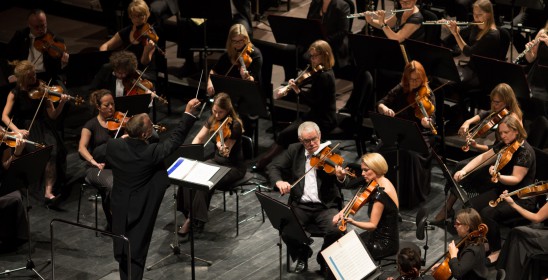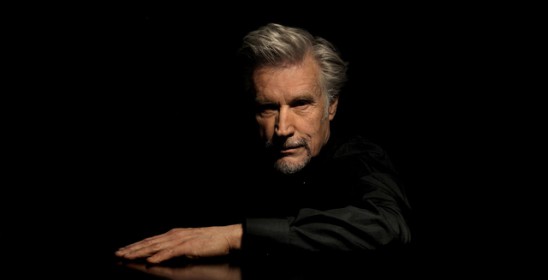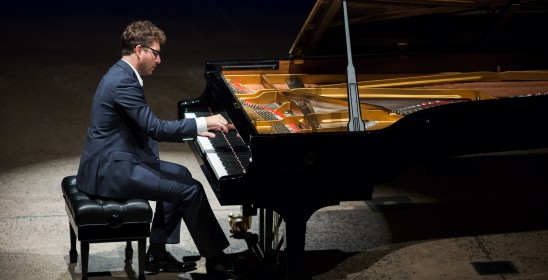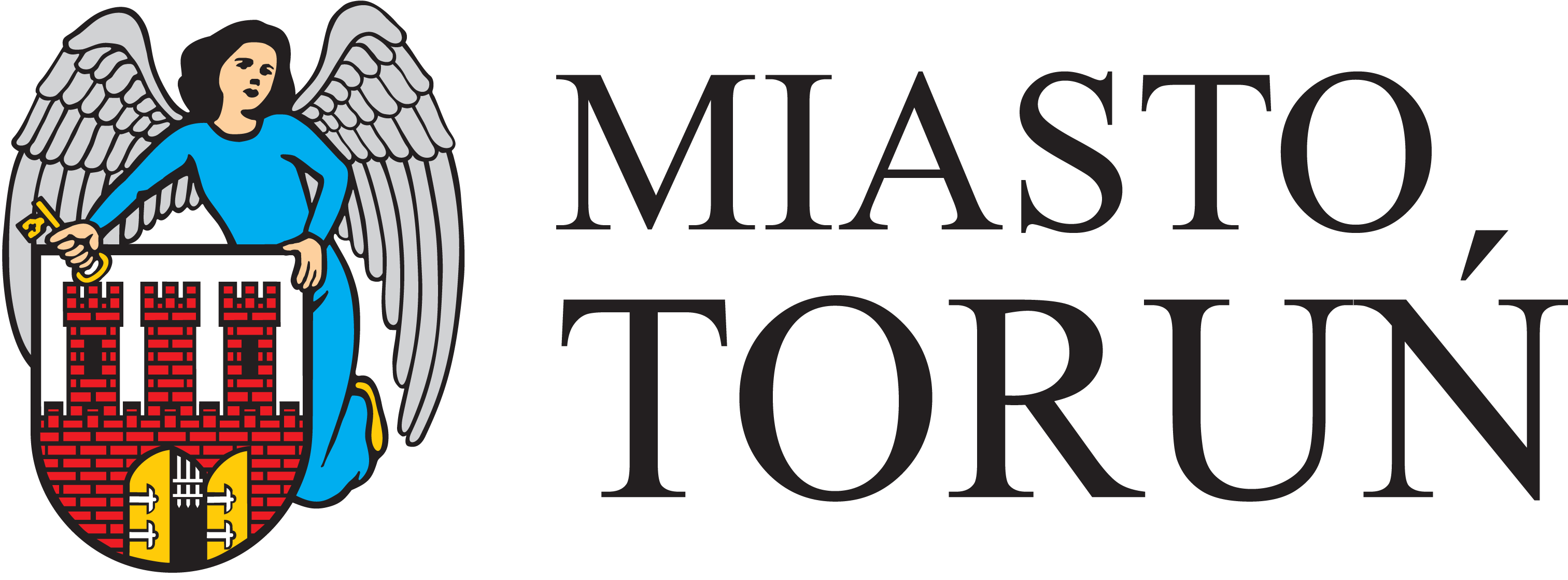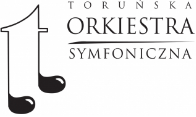Igor Strawiński
Igor Stravinsky was born on 17 June 1882 in Oranienbaum and died on 6 April 1971 in New York. He is one of the greatest composers of the 20th century. His father was one of Russia’s leading opera singers. At the age of nine, Igor began to learn the piano and although his parents were delighted by his musical interests, they hoped that their son would follow a different career path. When his father came down with cancer, Stravinsky fulfilled his wish and began studying law, which, however, he abandoned in order to devote himself entirely to music. In 1904, he began taking private lessons in composition and orchestration with Nikolai Rimsky-Korsakov. In 1909 he met Sergei Diaghilev, the impresario of the Ballets Russes operating in Paris. It was he who proposed that Stravinsky write ballets for this ensemble. This is how ballets marked with the specificity of Russian music were created, among which were such works as The Firebird, Petrushka and the strikingly innovative The Rite of Spring, a work that breaks all the musical conventions. The scandal that broke out at the Paris premiere of this ballet quickly turned into success. A year later, after the concert performance of the work in Paris, the delighted public went ‘mad’ about Stravinsky’s music, and The Rite of Spring became an essential element of concert programmes.
During the First World War, due to his wife’s illness, Stravinsky settled in Switzerland, where he made his debut as a conductor. He later returned to France and stayed there until the outbreak of the Second World War. In 1924 he made his debut as a pianist and took on a very active career of a concert pianist. In the interwar period his interest turned to the neoclassical current (the ballet Pulcinella, the opera-oratorio Oedipus Rex, the Octet for wind instruments, Symphony of Psalms). In 1939 he went to lecture at Harvard University and received numerous commissions. But in his personal life he experienced great tragedies – his wife Katia, daughter Ludmila and mother died within just seven months. After the war broke out, he decided to emigrate and settled in Los Angeles. Then ‘the tables had turned’. Stravinsky regained happiness in his private life (he remarried) and also achieved great professional success. In 1948 he met Robert Craft, a young conductor who introduced him to the world of dodecaphonic music. His fascination with the technique of Schönberg, Berg and Webern resulted in such compositions as the ballet Agon and the biblical allegory The Flood. In 1963 Stravinsky visited his homeland after 48 years. Six years later he moved to New York, where he died of myocardial infarction. He was buried, as requested, on San Michele Island in Venice, near Diaghilev’s grave.
Interesting facts:
Stravinsky was a poor student – his parents would often hire tutors so that Igor could catch up with his school work.
The premiere of The Rite of Spring turned out one of the biggest scandals in the history of music. The controversy was provoked both by the ‘wild’ music and the daring choreography by Nijinsky. The audience stomped and whistled so loudly that the dancers could not hear the music.
He enjoyed going to the cinema, playing ludo and Scrabble.
Aneta Derkowska, PhD

